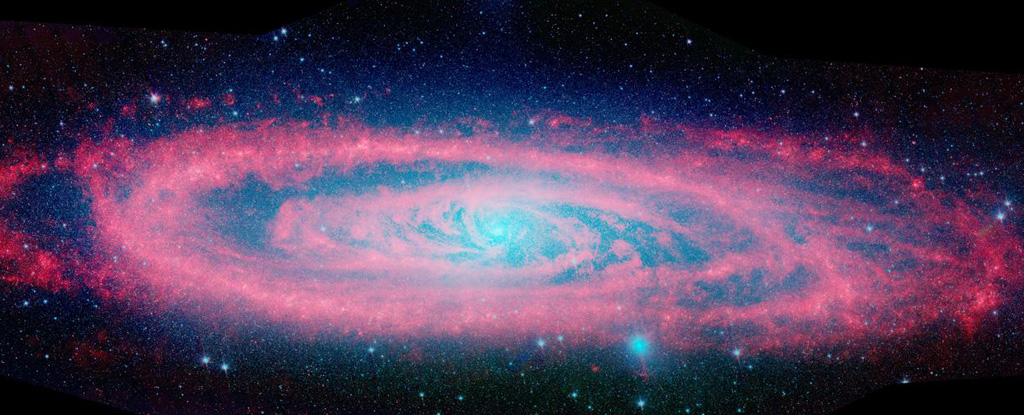
The Andromeda galaxy rotates one way, and the Dulais Structure moves differently.
To Lewis and his co-authors, the Dulais Structure looks like the leftovers from a messy meal.It's further evidence that massive galaxies merge to produce gigantic displays throughout the Universe and that larger galaxies consume smaller globulars in a type of galactic cannibalism.
Because it doesn't look like it was just one thing, it looks like it's been a collection of things that are all slowly torn apart," said Lewis.
But Andromeda presents an opportunity to study galaxy evolution from an external perspective, and researchers like Lewis and his colleagues are taking full advantage.There's obviously something going on with the Dulais Structure and the Andromeda galaxy."Intriguingly, the orbital axis of this Dulais Structure is closely aligned with that of the younger accretion event recently identified using a sub-population of globular clusters in the outer halo of Andromeda, and this is strongly suggestive of a causal relationship between the two," the authors summarize in their paper
"If this connection is confirmed, a natural explanation for the kinematics of the globular clusters in the Dulais Structure is that they trace the accretion of a substantial progenitor (about 1011 solar masses) into the halo of Andromeda during the last few billion years, which may have occurred as part of a larger group infall."